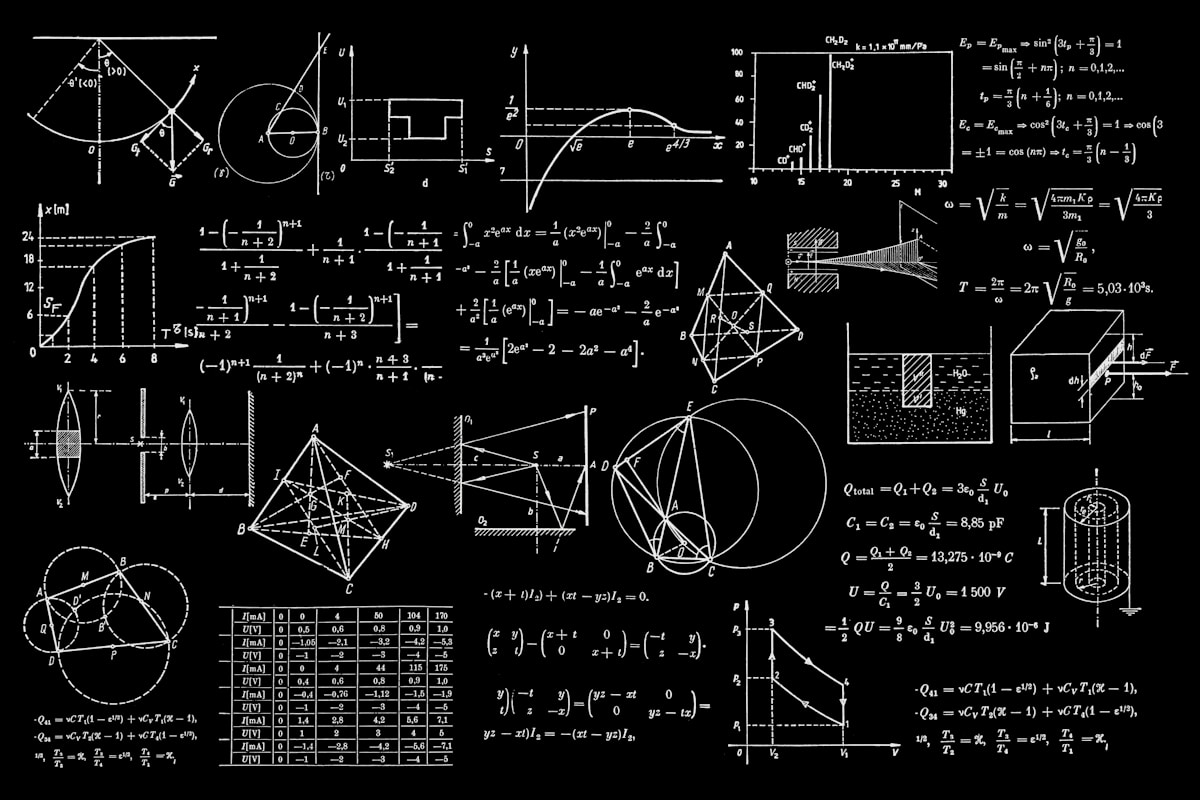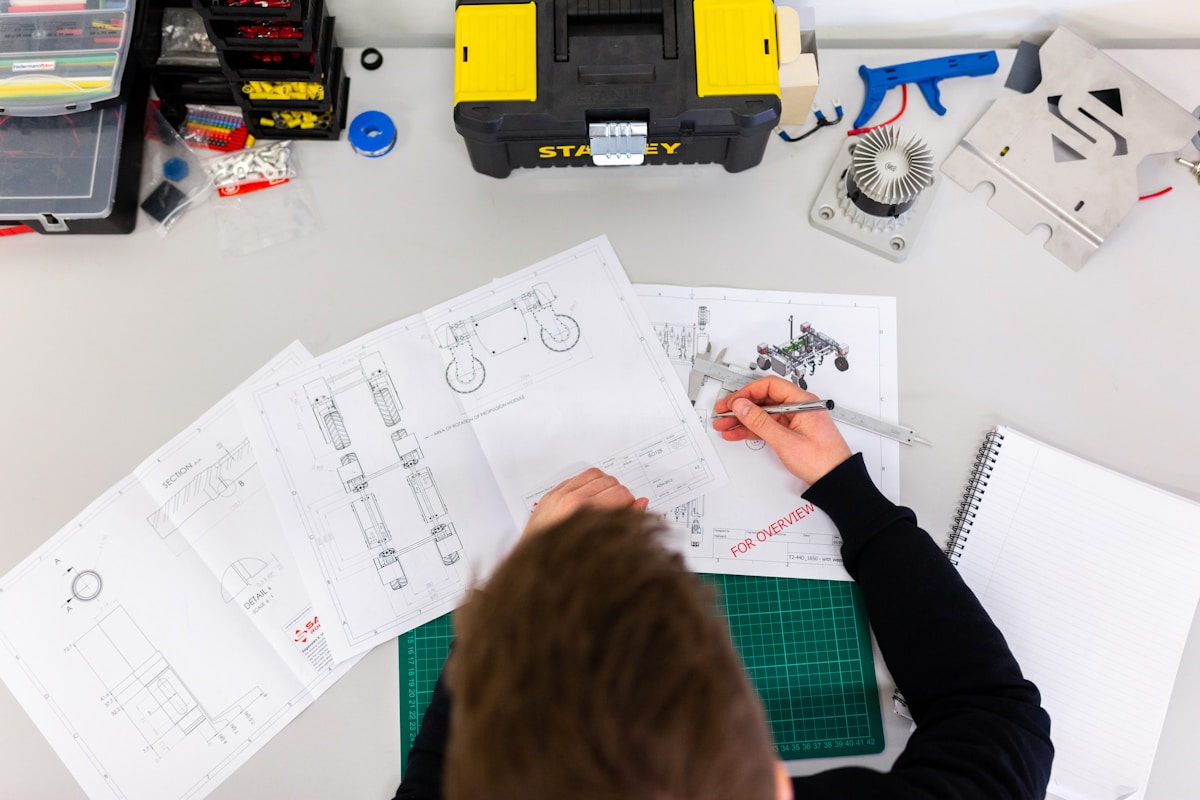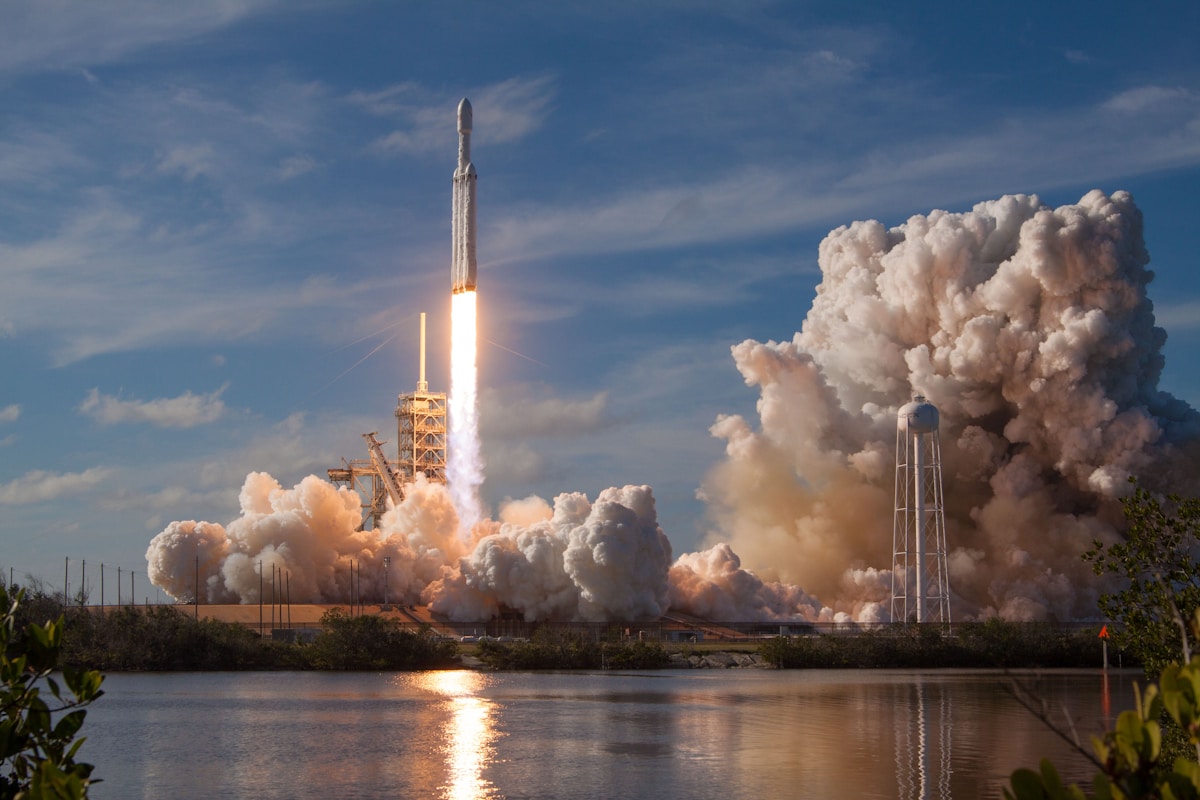
Introduction
For decades, spacecraft operations have relied on extensive ground control infrastructure and constant human oversight. Mission control teams monitor telemetry data, analyze spacecraft health, plan activities, and uplink commands to execute mission objectives. This model has proven extraordinarily successful for missions within Earth's orbital neighborhood where communication delays measure in seconds or less.
However, as humanity extends its reach deeper into the solar system, fundamental physics imposes constraints that challenge traditional operational paradigms. Radio signals traveling at light speed take minutes to reach Mars, nearly an hour to reach Jupiter, and hours to reach the outer planets. These communication delays make real-time human control impractical and, in time-critical situations, impossible.
Artificial intelligence and machine learning technologies are emerging as enabling capabilities for autonomous spacecraft operations. This analysis examines current AI applications in space missions, explores the technical challenges of implementing autonomous systems, and assesses implications for future deep-space exploration efforts.
The Communication Delay Challenge
Understanding the imperative for spacecraft autonomy requires appreciating the scale of communication delays in deep-space operations. Light-time delays—the duration required for radio signals to traverse the distance between spacecraft and Earth—create fundamental constraints on operational responsiveness.
Operational Implications
For Mars missions, round-trip light-time varies from approximately 8 minutes at closest approach to over 40 minutes at greatest distance. A rover encountering an unexpected obstacle cannot wait 20+ minutes for instructions from Earth; by then, it might have driven into a hazard. A spacecraft detecting an anomaly requiring immediate response cannot afford to wait for ground controllers to assess the situation and formulate commands.
Beyond Mars, delays become more extreme. Jupiter missions face round-trip light-times exceeding 90 minutes. Saturn missions experience delays approaching three hours. Missions to the outer solar system face even longer communication gaps, making ground-based real-time control entirely impractical for rapid decision-making scenarios.
Historical Approaches
Early deep-space missions addressed communication delays through conservative operational strategies: slow, deliberate movements; extensive pre-planning; and acceptance of reduced productivity when unexpected situations required ground intervention. While these approaches enabled remarkable scientific achievements, they imposed significant constraints on mission efficiency and capability.

AI-Enabled Autonomous Capabilities
Modern artificial intelligence techniques enable spacecraft to perceive their environment, assess situations, make decisions, and execute actions without ground intervention. These capabilities are transforming spacecraft operations from ground-controlled to ground-supervised paradigms.
Autonomous Navigation
AI-powered visual navigation systems enable spacecraft to analyze camera imagery, identify hazards, select safe paths, and navigate toward objectives without human intervention. Mars rovers have demonstrated increasingly sophisticated autonomous navigation, traversing distances in single sols (Martian days) that would have required weeks of ground-controlled operations in earlier missions.
Machine learning algorithms process sensor data to build environmental models, identify terrain features, and assess traversability. These systems learn from experience, improving performance over operational lifetimes as they encounter diverse terrains and conditions. The result is dramatically increased operational efficiency and scientific productivity.
Fault Detection and Response
Spacecraft systems continuously generate telemetry data reflecting component health, environmental conditions, and operational status. AI-based fault detection systems analyze these data streams in real-time, identifying anomalies that might indicate developing failures or hazardous conditions.
Beyond detection, autonomous response systems can execute pre-planned contingency actions to safeguard spacecraft health. These might include transitioning to safe modes, activating redundant systems, or executing emergency maneuvers. By responding immediately rather than waiting for ground commands, autonomous systems can prevent single-point failures from cascading into mission-ending events.
Scientific Target Identification
AI systems are increasingly employed for autonomous science operations. Machine learning algorithms can analyze sensor data to identify scientifically interesting features—unusual rock formations, potential water ice deposits, atmospheric phenomena—and autonomously adjust observational plans to study these targets.
This capability proves particularly valuable for transient phenomena that might not persist long enough for traditional ground-based observation planning cycles. Autonomous science systems ensure that unexpected but scientifically significant discoveries are documented rather than missed due to operational constraints.
Technical Challenges and Solutions
Implementing AI systems for spacecraft operations presents unique challenges distinct from terrestrial applications. The space environment imposes constraints on computational resources, radiation tolerance, and software reliability that require careful engineering solutions.
Computational Constraints
Spacecraft computational resources remain far more limited than terrestrial systems. Radiation-hardened processors required for space environments typically lag commercial technology by several generations in raw performance. Power constraints limit computational capacity, particularly for solar-powered missions operating at large solar distances.
These limitations require carefully optimized AI algorithms that deliver necessary performance within available computational budgets. Techniques include model compression to reduce algorithm complexity, efficient inference architectures, and selective application of AI capabilities to situations requiring autonomous decision-making rather than continuous operation.
Validation and Verification
Spacecraft software undergoes exhaustive testing to ensure reliable performance in mission-critical applications. Traditional software verification approaches, based on deterministic algorithms with predictable behaviors, face challenges when applied to machine learning systems whose behaviors emerge from training data rather than explicit programming.
New verification methodologies are being developed specifically for AI systems. These include formal methods for analyzing neural network behaviors, comprehensive testing across representative operational scenarios, and architectural approaches that constrain AI system authorities while preserving beneficial autonomous capabilities.
Training Data and Generalization
Machine learning systems require training data representative of conditions they will encounter during operations. For novel mission destinations—planets, asteroids, or environments never previously explored—obtaining representative training data presents fundamental challenges.
Solutions include synthetic data generation using physics-based simulations, transfer learning from related domains, and online learning capabilities that allow systems to improve performance based on actual operational experience. Each approach carries trade-offs between development complexity, validation confidence, and operational performance.

Current Applications and Future Directions
AI technologies are already enabling enhanced spacecraft capabilities across multiple mission types. Understanding current implementations provides context for assessing future possibilities.
Mars Surface Operations
Recent Mars rovers incorporate increasingly sophisticated AI systems for autonomous navigation, scientific target identification, and operational planning. These systems have demonstrated order-of-magnitude improvements in traverse distances and scientific productivity compared to earlier ground-controlled operations.
Future Mars missions will likely expand autonomous capabilities to include more complex decision-making: coordinating activities across multiple assets, adapting mission plans based on scientific discoveries, and managing long-duration sample collection and caching operations with minimal ground supervision.
Orbital and Flyby Missions
Spacecraft conducting orbital observations or high-speed flybys face their own autonomy requirements. Rapid pointing adjustments to track moving targets, real-time optimization of observation sequences based on data quality, and autonomous collision avoidance maneuvers all benefit from AI implementation.
As satellite constellations proliferate in Earth orbit and missions increasingly operate in congested orbital environments, autonomous collision avoidance becomes not just beneficial but essential for safe operations.
Deep-Space Exploration
Missions to the outer solar system represent the most demanding applications for spacecraft autonomy. With communication delays measured in hours, these missions must operate with far greater independence from ground control than inner solar system missions.
Future missions to ocean worlds like Europa or Enceladus will require sophisticated autonomous systems for landing in unknown terrain, navigating to scientifically interesting locations, and conducting sampling operations—all while managing power, thermal, and communication constraints in extreme environments.
Implications for Mission Design
AI-enabled autonomy fundamentally alters mission design trade spaces and operational concepts. Understanding these implications helps mission planners leverage autonomous capabilities effectively.
Mission Architecture
Increased spacecraft autonomy potentially enables new mission architectures previously considered too risky or operationally intensive. Multiple coordinated assets could explore different regions simultaneously, with autonomous systems handling local operations while ground teams focus on strategic direction and scientific interpretation.
Reduced ground operations staffing requirements could lower mission costs, enabling more missions within fixed budgets or enabling extended mission durations that would be economically impractical with traditional operations approaches.
Risk Management
Autonomy introduces new risk categories while mitigating others. Autonomous systems can respond to time-critical situations faster than ground-based operations, potentially preventing failures. However, they also introduce risks related to algorithm errors, unexpected behaviors in novel situations, or cascading failures if autonomous systems make suboptimal decisions.
Effective risk management requires careful authority allocation—defining which decisions autonomous systems can make independently versus those requiring ground approval—and robust safeguards to prevent autonomous actions from creating hazardous conditions.
Conclusion
Artificial intelligence is transitioning from a promising technology to an essential capability for deep-space exploration. As missions venture further from Earth and communication delays grow from seconds to minutes to hours, autonomous systems become necessary rather than optional.
The technical foundations for spacecraft autonomy are maturing. Machine learning algorithms have demonstrated impressive capabilities in terrestrial applications, and space-specific implementations are showing increasing sophistication in operational missions. Challenges remain in computational optimization, verification methodology, and risk management, but active development efforts are addressing these constraints.
Looking ahead, AI-enabled autonomy will likely enable mission concepts currently beyond reach: coordinated multi-asset exploration campaigns, rapid-response science operations, and missions to destinations where communication delays preclude traditional ground control approaches. The spacecraft of coming decades will increasingly function as intelligent explorers rather than remotely operated instruments.
This evolution requires continued investment in AI technology development, validation methodologies, and operational experience building. It also requires thoughtful consideration of how humans and autonomous systems should interact—defining roles, authorities, and workflows that leverage the strengths of both while mitigating their respective limitations.
As with previous technological advances in spaceflight, AI-enabled autonomy will ultimately expand humanity's reach and deepen our understanding of the cosmos. The intelligent spacecraft of tomorrow will explore farther, discover more, and reveal wonders that remain beyond our current capabilities to investigate.